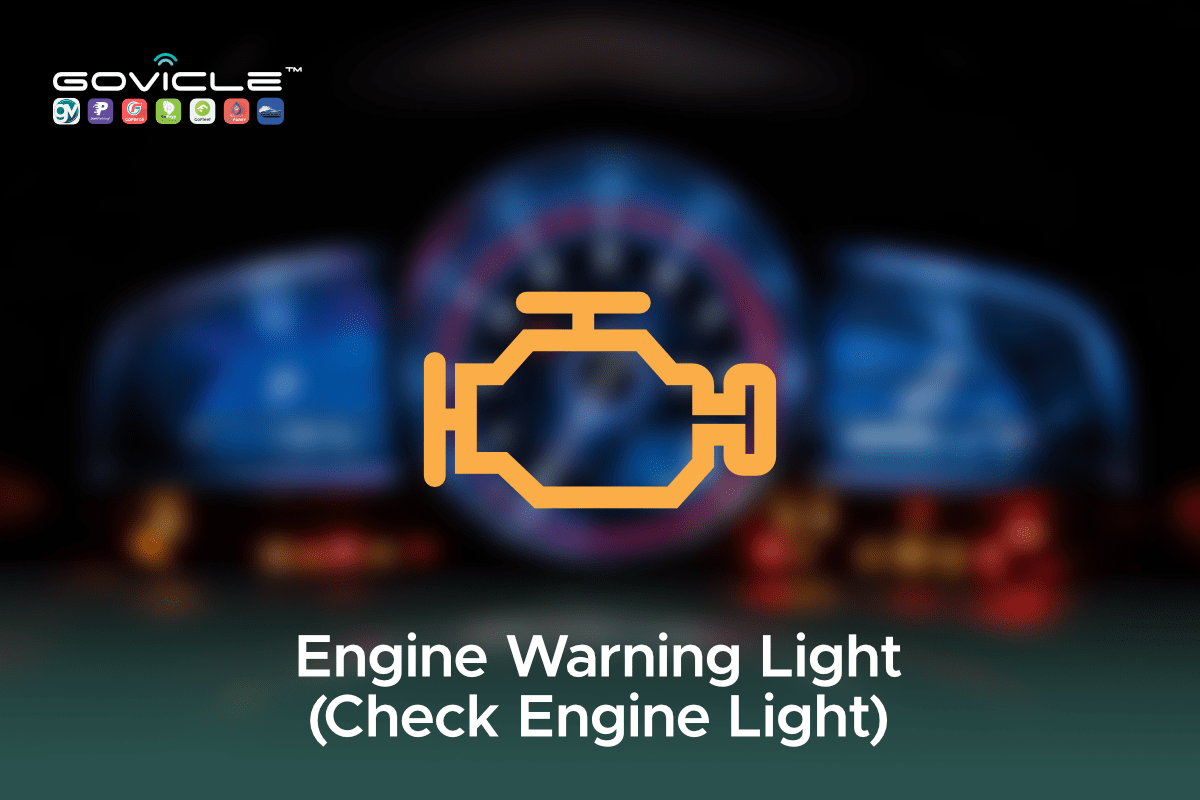What All the Symbols on Your Car’s Dashboard Mean

When you’re driving, it’s important to be aware of the warning lights on your dashboard.
Some symbols on the dashboard of your car are easier to understand than others. But you should know exactly what these warning lights mean in case you need to stop and call for help.
But if you don’t understand what a warning light means or choose to ignore it a small problem could turn into a bigger, more expensive, and potentially dangerous issue. And even the savviest car owner can have trouble deciphering the message a warning light is trying to convey.
1. Oil pressure warning light

This old-fashioned oil can indicate that there is an issue with your car’s oil pressure system. Either you’re running low on oil or your oil pump isn’t circulating enough fluid to properly lubricate the surfaces inside your engine.
2. Engine Temperature Warning Light

The engine temperature light means your engine is overheating. This is a very serious warning, and you should stop driving immediately. Driving with this warning light could destroy your engine.
Common Reasons for The Car Temperature Light to Come On
- Broken temperature sensor (false warning)
- Coolant fluid is low.
- Failed coolant fan
- Coolant system leak
- Overworked engine (especially in hot climates)
- Low oil level
- A damaged or malfunctioning radiator
- Blown head gasket.
3. Anti-lock Braking System (ABS) Warning Light

When you brake hard, like on slick roads, the ABS pulses the brakes to prevent your wheels from locking up. If the ABS warning light is illuminated, it means that something is wrong with the system
4. Engine Warning Light (Check Engine Light)

Your check engine light may appear for a variety of reasons. Sometimes it is triggered by an open, loose, or cracked gas cap, which causes fuel to evaporate. But sometimes it indicates a serious issue, like low oil pressure or overheating!
5. Battery Alert Light

This light signifies a problem with the vehicle’s charging system. Possible culprits include a loose or damaged battery cable, a bad alternator, or another electrical fault. You may notice your clock light fading or your headlights dimming. Or, in some cases, your car may not start at all.
6. Low Fuel Indicator Light

You’re likely familiar with this dashboard light (maybe a little too familiar!). It simply means your vehicle is running low on fuel.
7. Brake Warning Light

If the brake warning light comes on and stays on when you start your car, do not try to drive it. Turn off your car and look for possible reasons for the problem.
If the brake warning light comes on while you’re in traffic or moving, don’t panic. Pull over safely and have your car towed to your home or to a trusted mechanic to check.
Brake Hydraulic System Warning Light
This warning light means the hydraulic brake system is malfunctioning. If it happens randomly, or if it seems to occur exclusively when turning, you may have a brake fluid problem. The longer it runs, the more serious the issue may be.
Parking Brake/Hand-Brake Warning Light
When you see this symbol, you know that the hand brake or parking brake is engaged. It’s a helpful prompt to get out of the car and switch it off before you try to drive. Some cars include parking brakes that are electrical. If repairs are required, this icon and a wrench icon will show.
8. Traction Control Light

This car symbol indicates that your vehicle’s traction control system is activated. The traction control system uses your anti-lock brake system (ABS) to determine if one wheel is spinning faster than the others. If it detects that a wheel is slipping, it applies the brakes until the car regains traction. This is most helpful if you’re driving in the rain.



